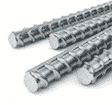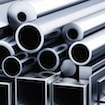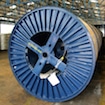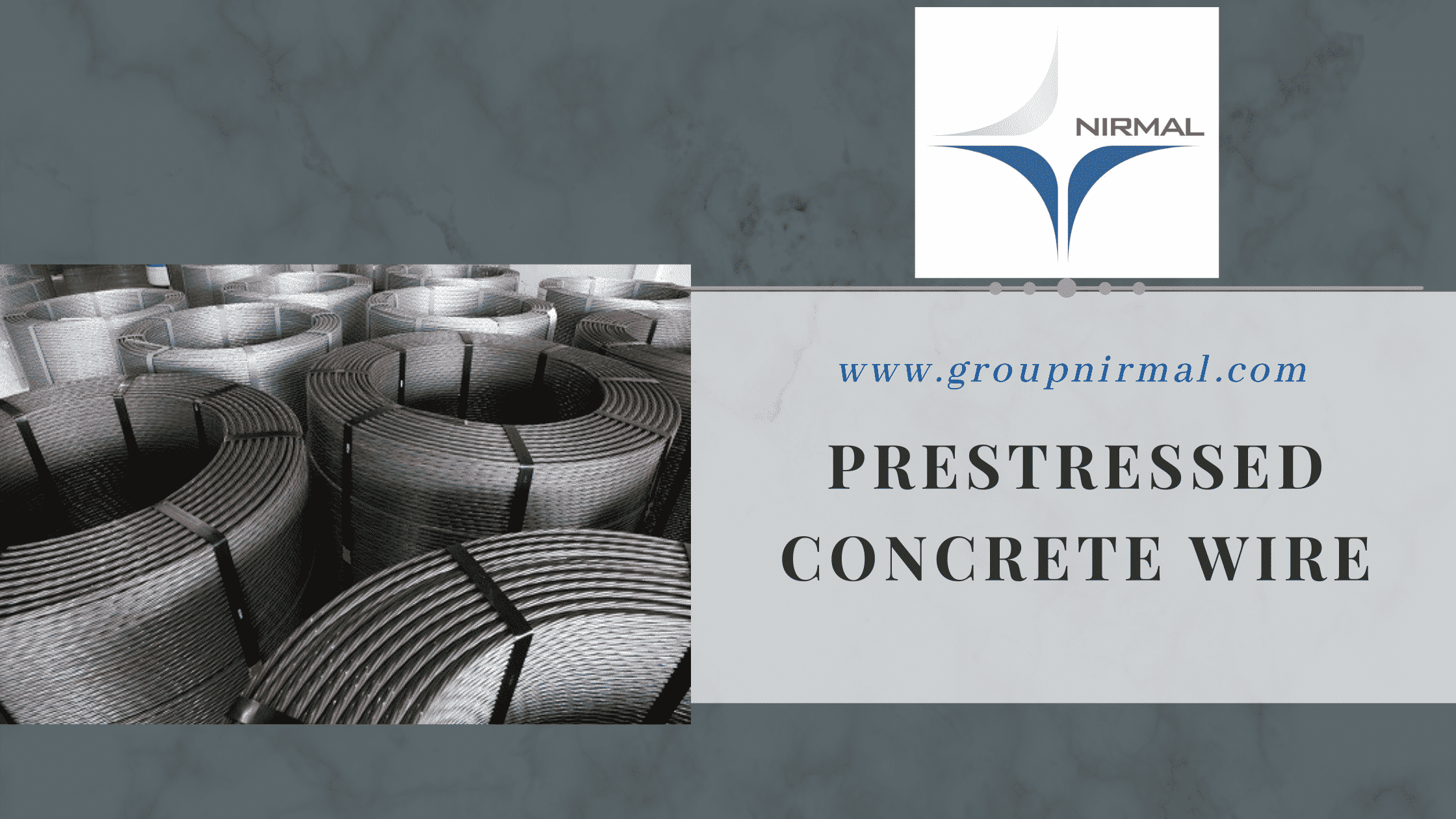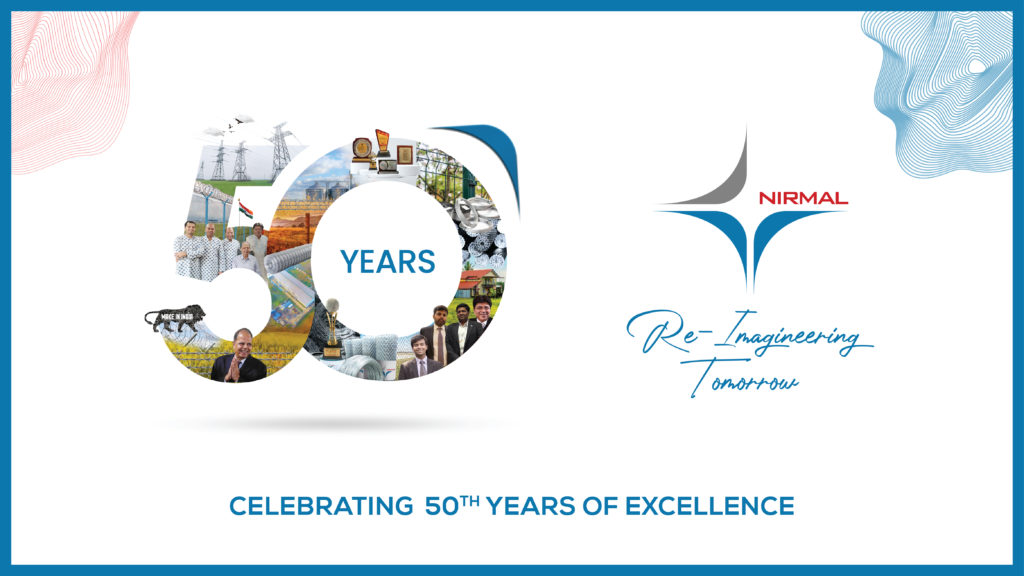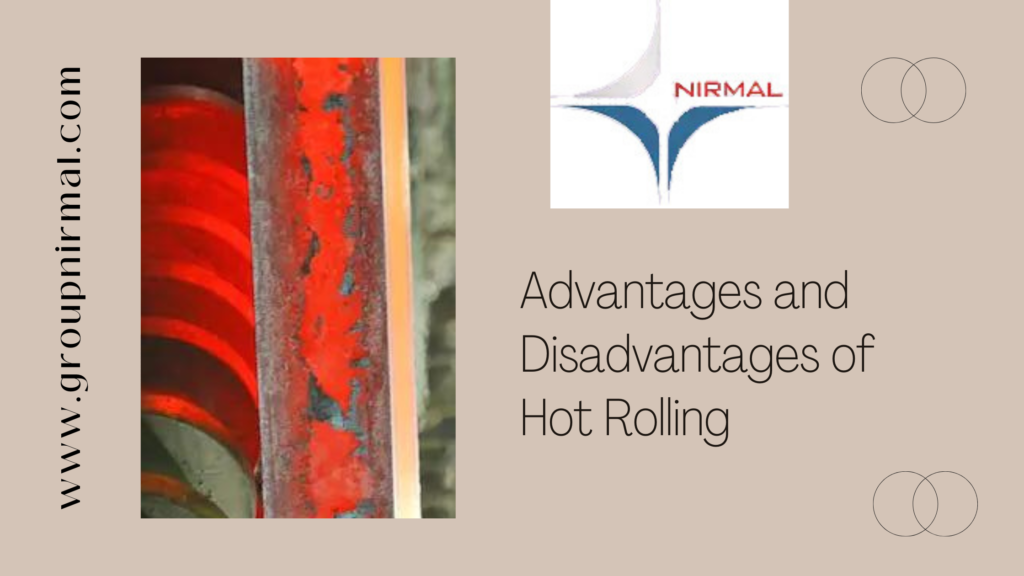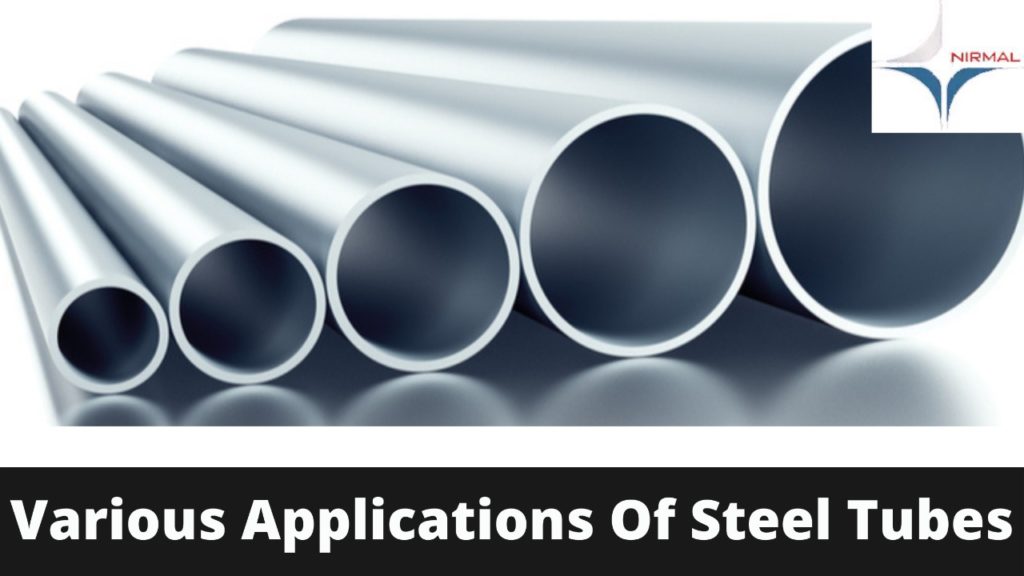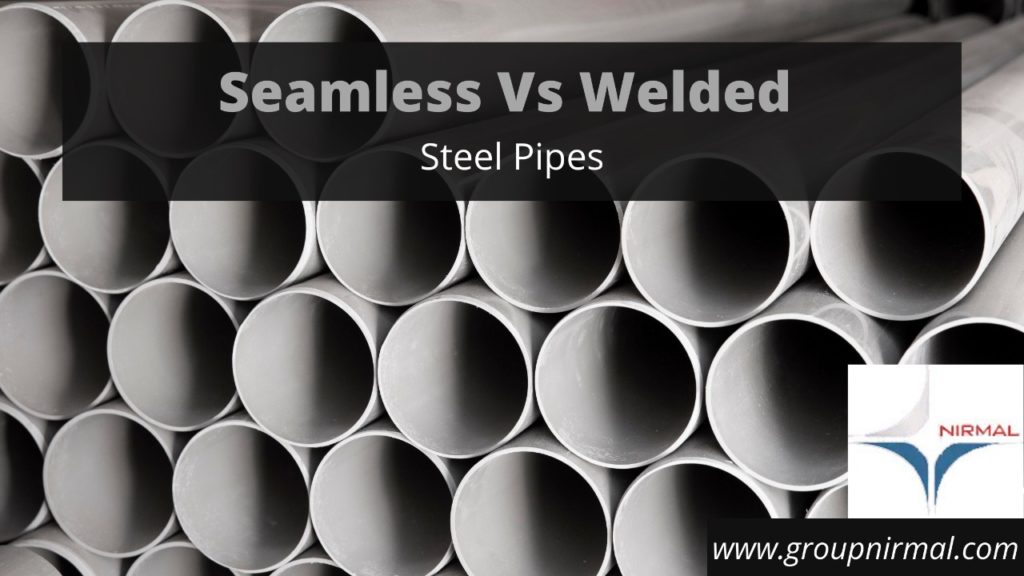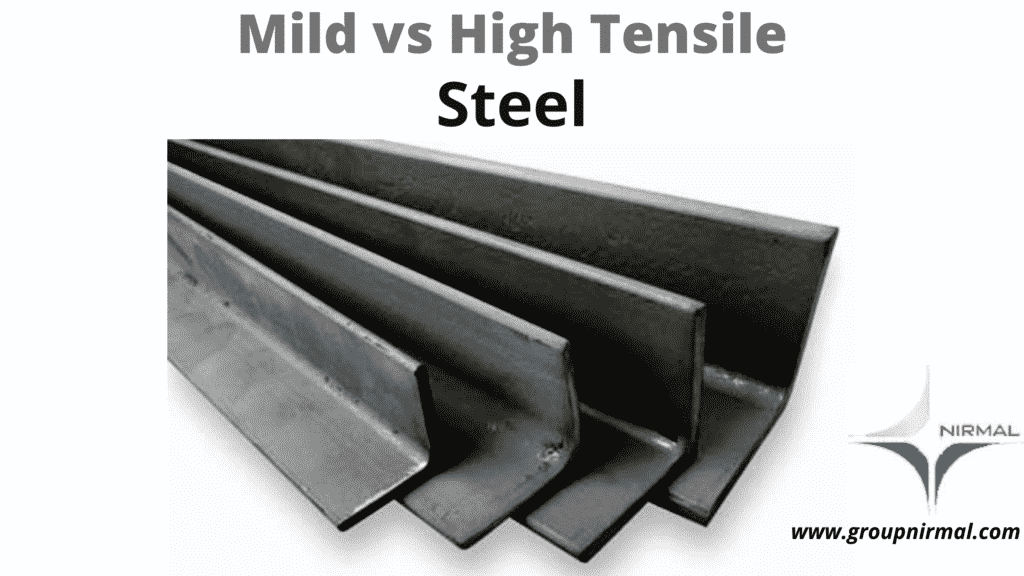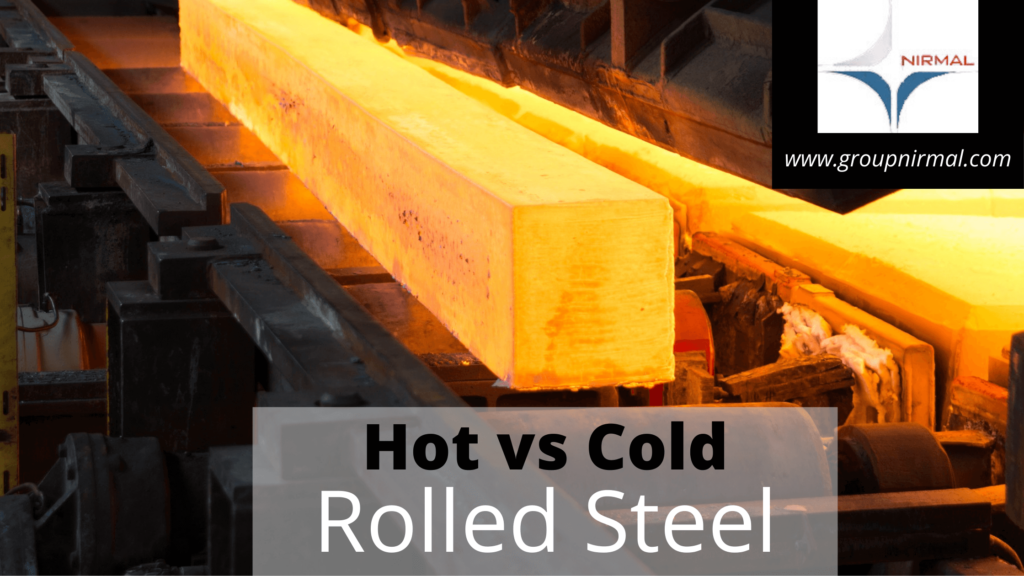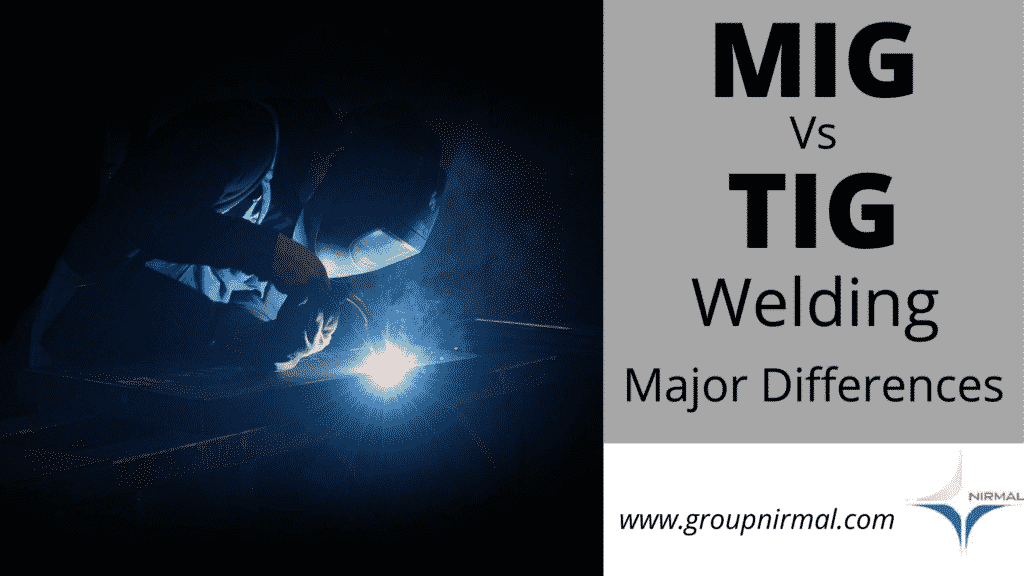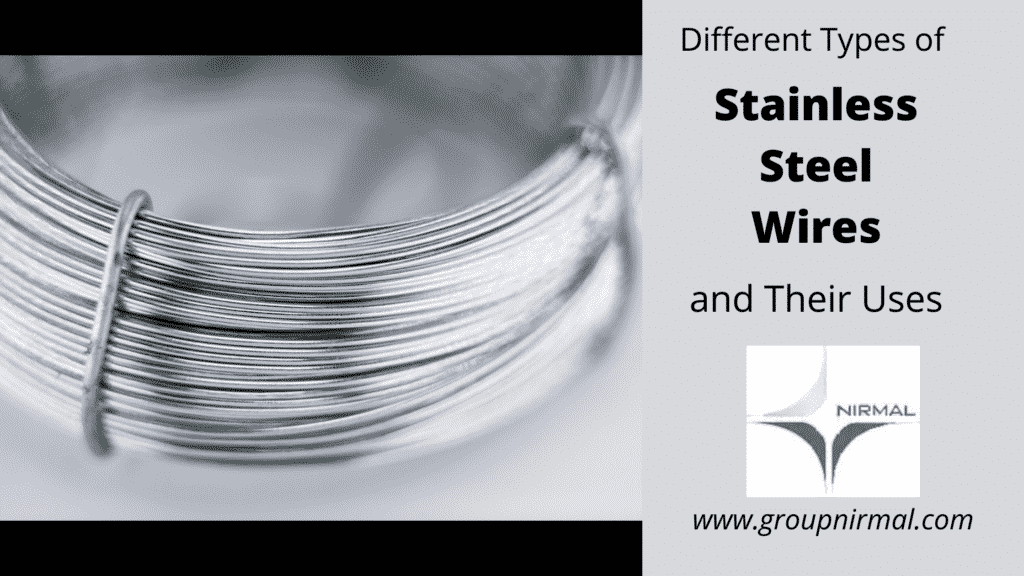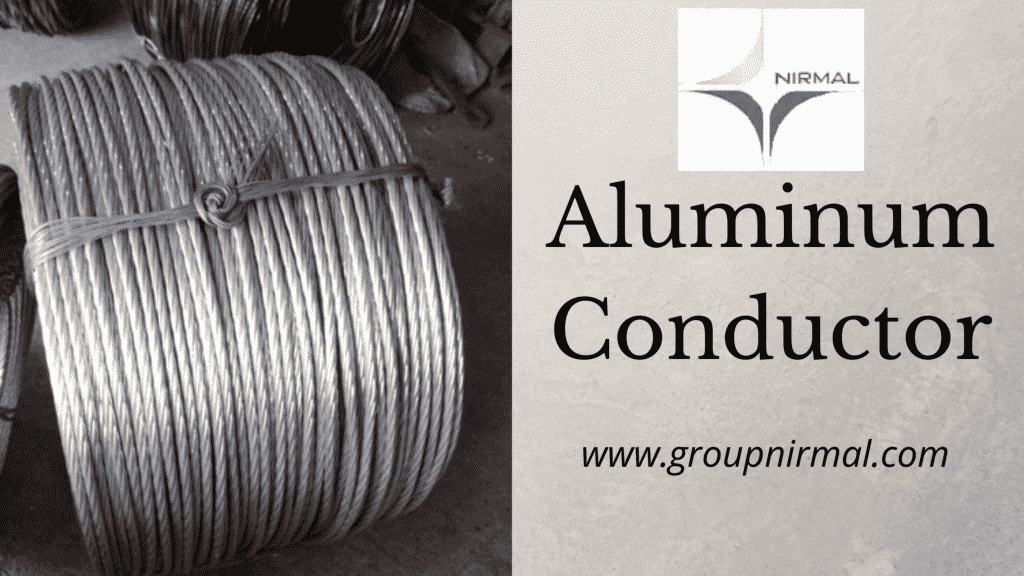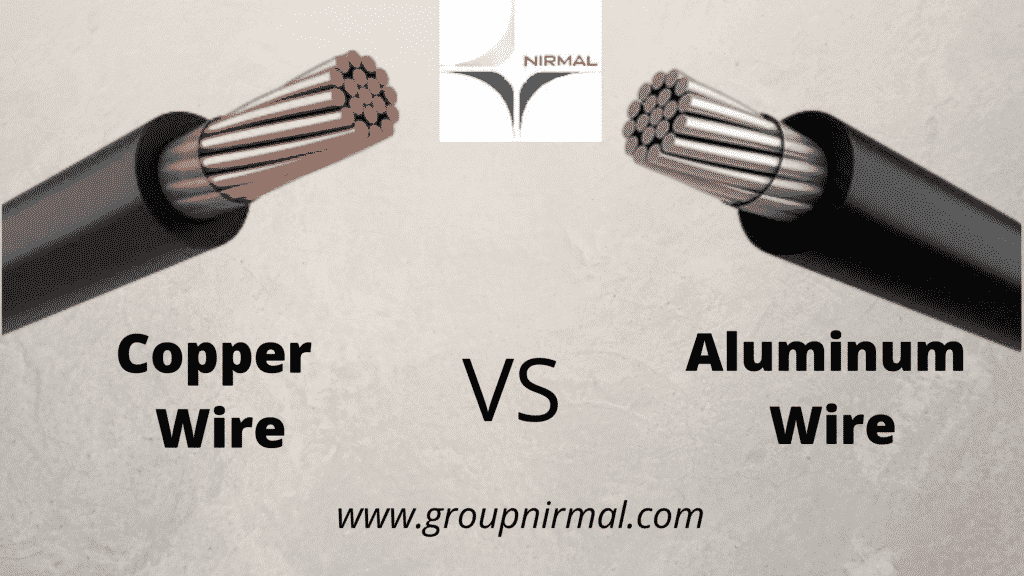Pre-stressed concrete wire (PC wire) is a high-grade, low-unwinding steel wire that is essentially used to counter the low-pressure characteristics innate in concrete. It is produced using high-carbon steel that is high in tensile strength, made to demanding standards in light of its normal use in basic applications like extensions and different constructions.
The prestressed concrete wire can be drawn to an assortment of breadths and made to an assortment of stress load specifications. At the point when installed in concrete, it very well might be uncoated, however, for applications that open it to the elements, it tends to be electrified or epoxy-covered, like rebar. Additionally, contingent upon the application, PC wire can have an external completion that is smooth, ribbed, or scratched.
Types of PC Wires
- Depending on the surface morphology, there are twisting rib (winding ribbed or helix scored) prestressed steel wire, light round prestressed steel wire, or scratches (indented) prestressed steel wire, the pressing factor wave (pleated) prestressed steel wire, etc.
- Depending on the force level, there are 1470MPa, 1570MPa, 1670MPa, 1770MPa, and 1860MPa PC wires.
- Depending on the width, there are PC wires available from 4mm to 12 mm width and more.
- Depending on the surface covering, the high tractable PC wires can be available in electrified prestressed aluminum conductor steel wire, prestressed epoxy covered steel wire, and no covering prestressed steel wire.
- Depending on the treatment interaction, there are low unwinding prestressed steel wire and cool drawn prestressing steel wire (no leeway execution prerequisites).
Application Insights of PC Wires
The essential utilization of the PC wire is in the development of buildings and bridges. The wires are additionally utilized in the development of stadiums, roads, railway sleepers, tunnels, and others.
Be that as it may, the segmental design utilized in bridge development is one of the significant applications of the item. Over the estimated time frame, the bridges section is probably going to command the market. The fragment is relied upon to represent 48.6% of the worldwide market by 2025.
The non-industrial nations like Malaysia, India, South Africa, and others are putting resources into different extension tasks to associate the remote regions of the country to metropolitan regions. According to the Indian authorities, the country needs a venture of $646 billion over the course of the following five years. The majority of this venture is expected to be dissipated in the roads, metropolitan infrastructure area, and power.
With the developing demand for infrastructure in agricultural nations, the market is probably going to notice a steady interest from the scaffold portion over the estimated time frame.
The building fragment was represented 31.7% in 2016 of the worldwide market. The rising reputation of skyscraper development is probably going to drive industry development over the figure time frame.
The developing real estate sector in the creating economies is probably going to be the critical impetus for section development. Besides, expanding urbanization in the developing economies is probably going to produce a solid demand for the building section.
The other fragment incorporates arena, roadwork, rail route sleepers, tunnels, and others. The section is relied upon to decay to 19.7% in 2025. The low interest from others section is because of difficulties, for example, feasibility restraint, infrastructure funding hole, and others.
The developing economies are the essential wellspring of new infrastructure advancement. Since these are developing economies, the test of monetary funding frequently delays or defers the task. Notwithstanding, it is expected that with the joint company of created nations the funding hole can be survived.




